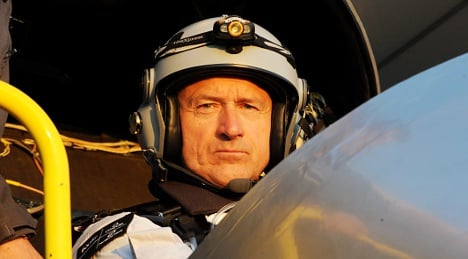Pilot André Borschberg successfully launched the plane from an airfield in Payerne in western Switzerlandat around 8:30am (0630 GMT), bound for Rabat via Madrid, after a two-hour delay due to foggy conditions.
If successful the 2,500-kilometre (1,550-mile) journey would be the longest to date for the craft after an inaugural flight to Paris and Brussels last year.
The high-tech aircraft, which has the wingspan of a large airliner but weighs no more than a saloon car, is fitted with 12,000 solar cells feeding four electric engines.
Borschberg was expected to land at Madrid’s Barajas airport at about 1:00 am on Friday for a three-day technical stopover, organisers said.
Checks would be carried out and depending on the weather conditions second pilot Bertrand Piccard would depart for Rabat on Monday.
The trip is intended as a rehearsal in the run-up to the plane’s round-the-world flight planned for 2014.
The aircraft made history in July 2010 as the first manned plane to fly around the clock on the sun’s energy.
It holds the record for the longest flight by a manned solar-powered aeroplane after staying aloft for 26 hours, 10 minutes and 19 seconds above Switzerland, also setting a record for altitude by flying at 9,235 metres (30,298 feet).


 Please whitelist us to continue reading.
Please whitelist us to continue reading.
Member comments